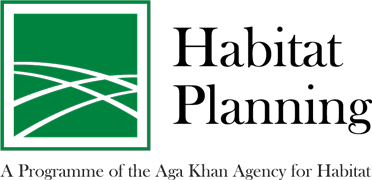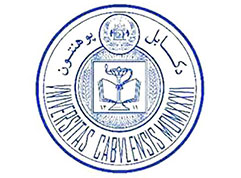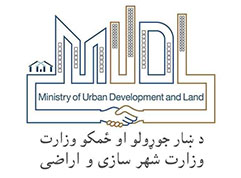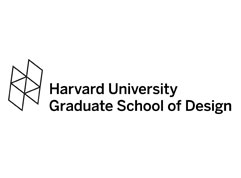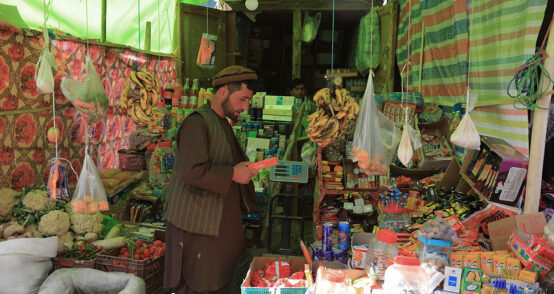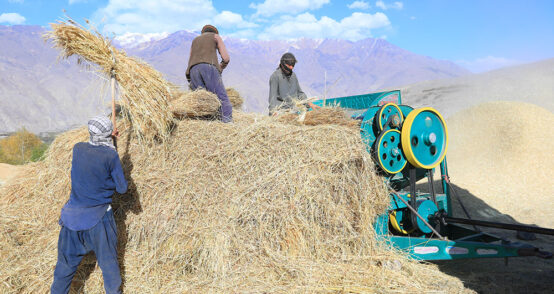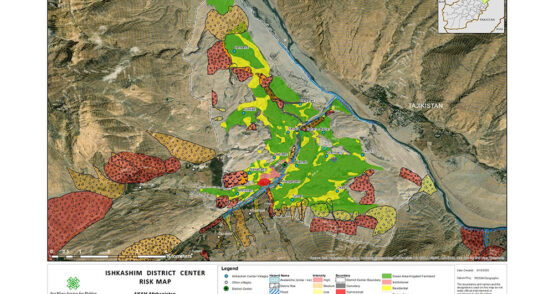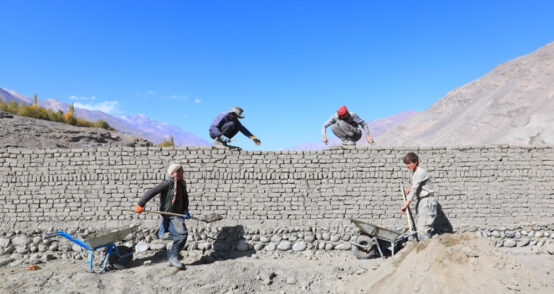The Ishkashim project takes its roots from an academic studio exercise conducted by the Harvard University –Harvard University’s Lakshmi Mittal and Family South Asia Institute and Graduate School of Design, Kabul University, the Government of Afghanistan, and the Aga Khan Agency for Habitat. It aimed to imagine an urban future for Ishkashim District Centre (Afghanistan) that is responsive to its context, challenging the otherwise banal binary of the urban and rural imaginary used to classify and plan for human settlements.
This project is part of AKAH’s wider collaboration with leading academic institutions and architectural firms to apply and adapt its urban and rural habitat planning practices to a range of settlement scales in developing countries. Previous studios in collaboration with the Massachusetts Institute of Technology focused on sites in India (Chitrawad, Gujarat), assessing village development planning, and Tajikistan (Basid, Gorno-Badakhshan Autonomous Oblast; in collaboration with Kennedy & Violich Architecture Ltd. and selected for the 2021 Venice Biennale), assessing relocation planning with 3D mapping, and drone imagery. While previous studios involved intensive fieldwork, the global pandemic demanded a virtual approach for this year’s studio which created an opportunity to focus on a particularly challenging site and test a remote approach to Habitat Planning.
Through collaboration with the Ministry of Urban Planning of Afghanistan, the studio brings national and international urban planning best practices and perspectives to a remote but dynamic region of Afghanistan and promotes intellectual exchange to build the body of knowledge of urban planning, particularly for smaller settlements. The studio incorporates government aspirations for critical infrastructure such as student housing, shared sports facilities and an airport, as well as solutions to address ecological extremes, interconnectivity between villages and sustainable access to water.
